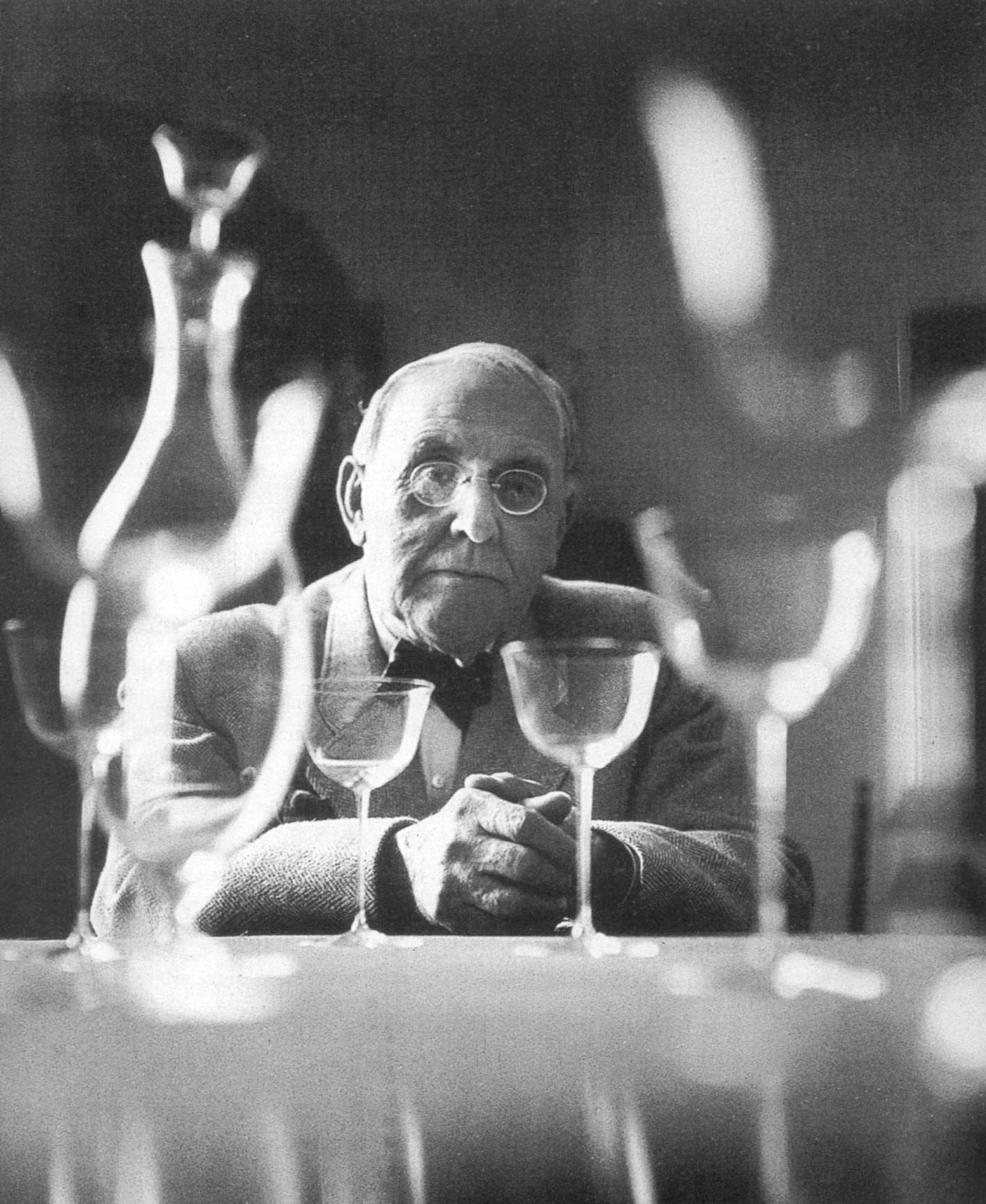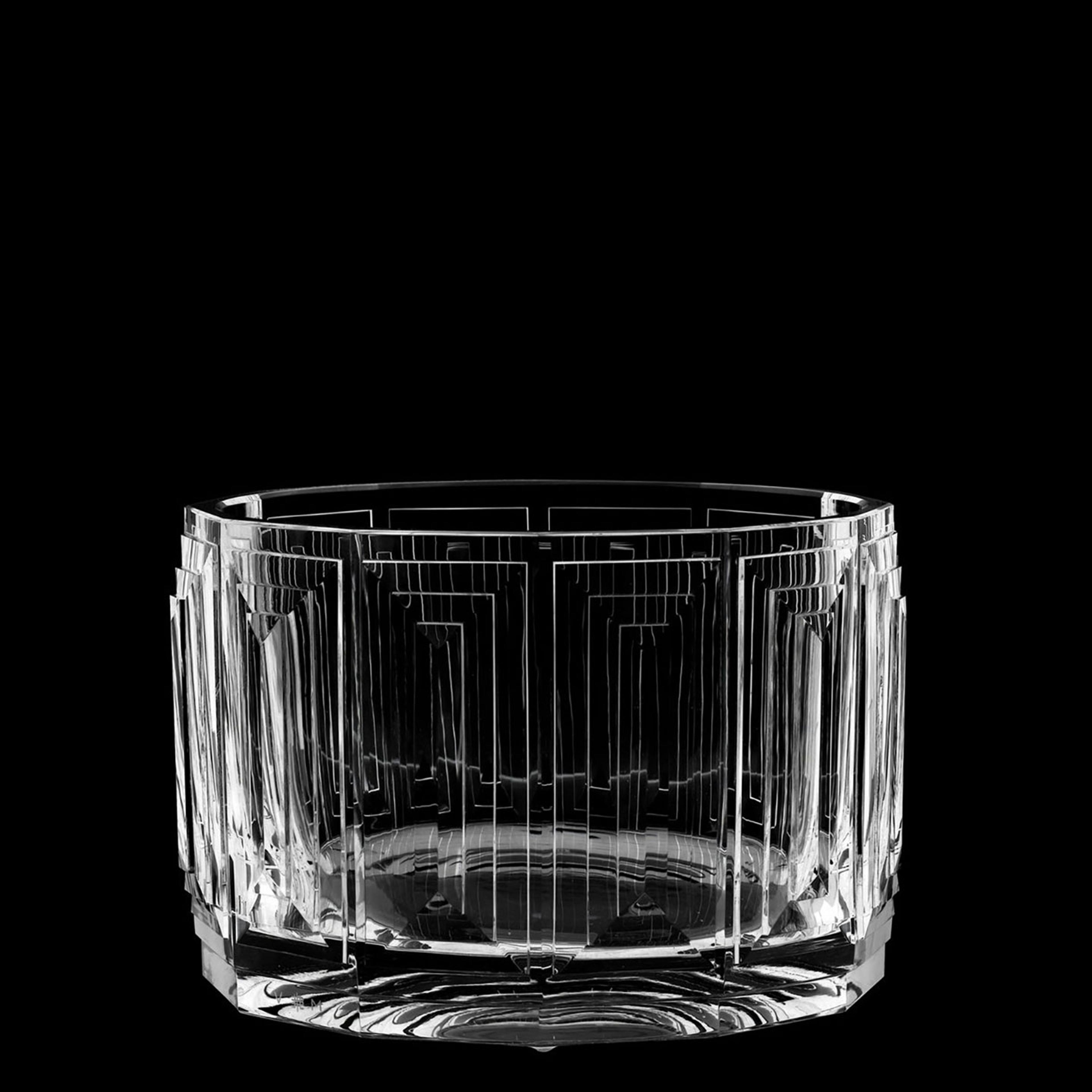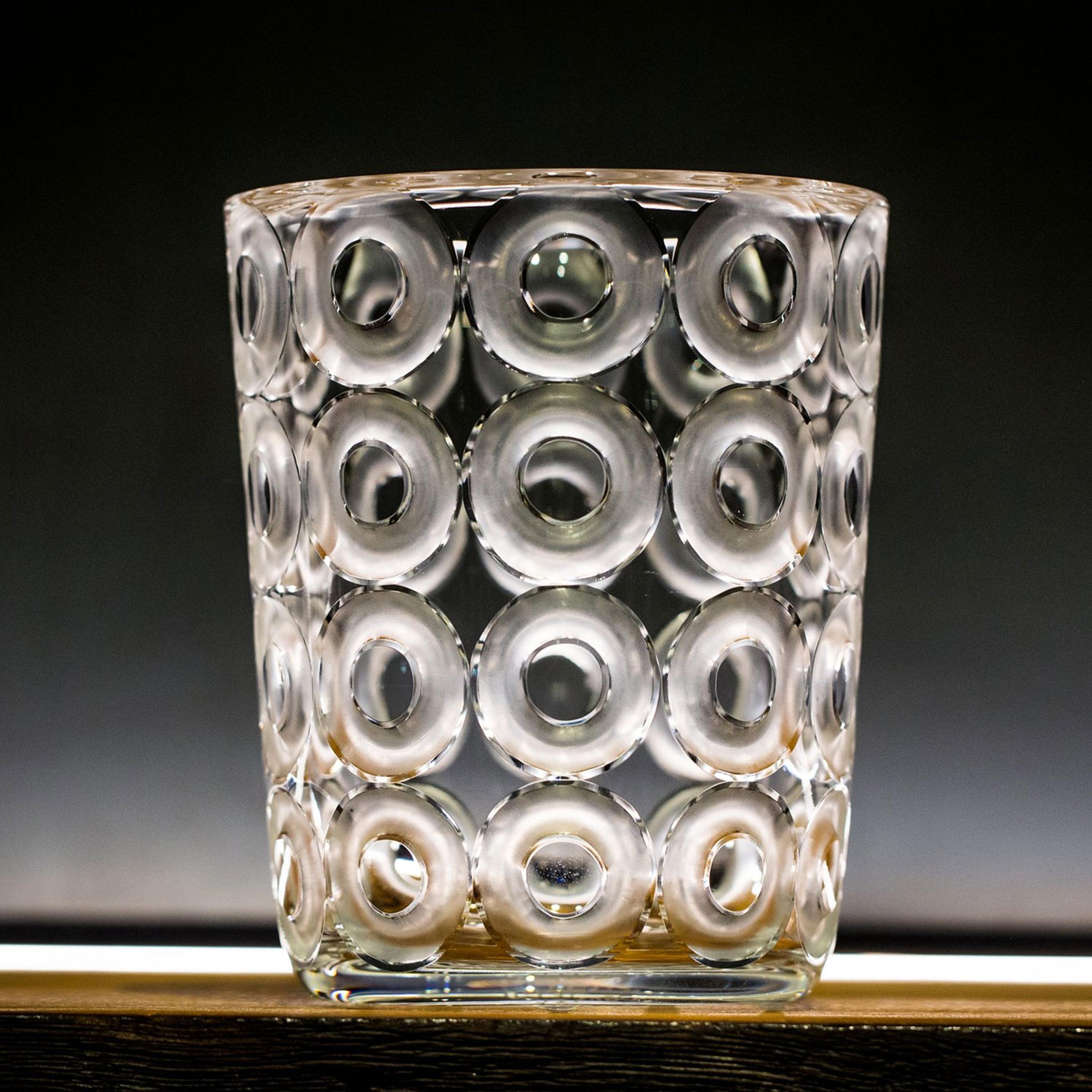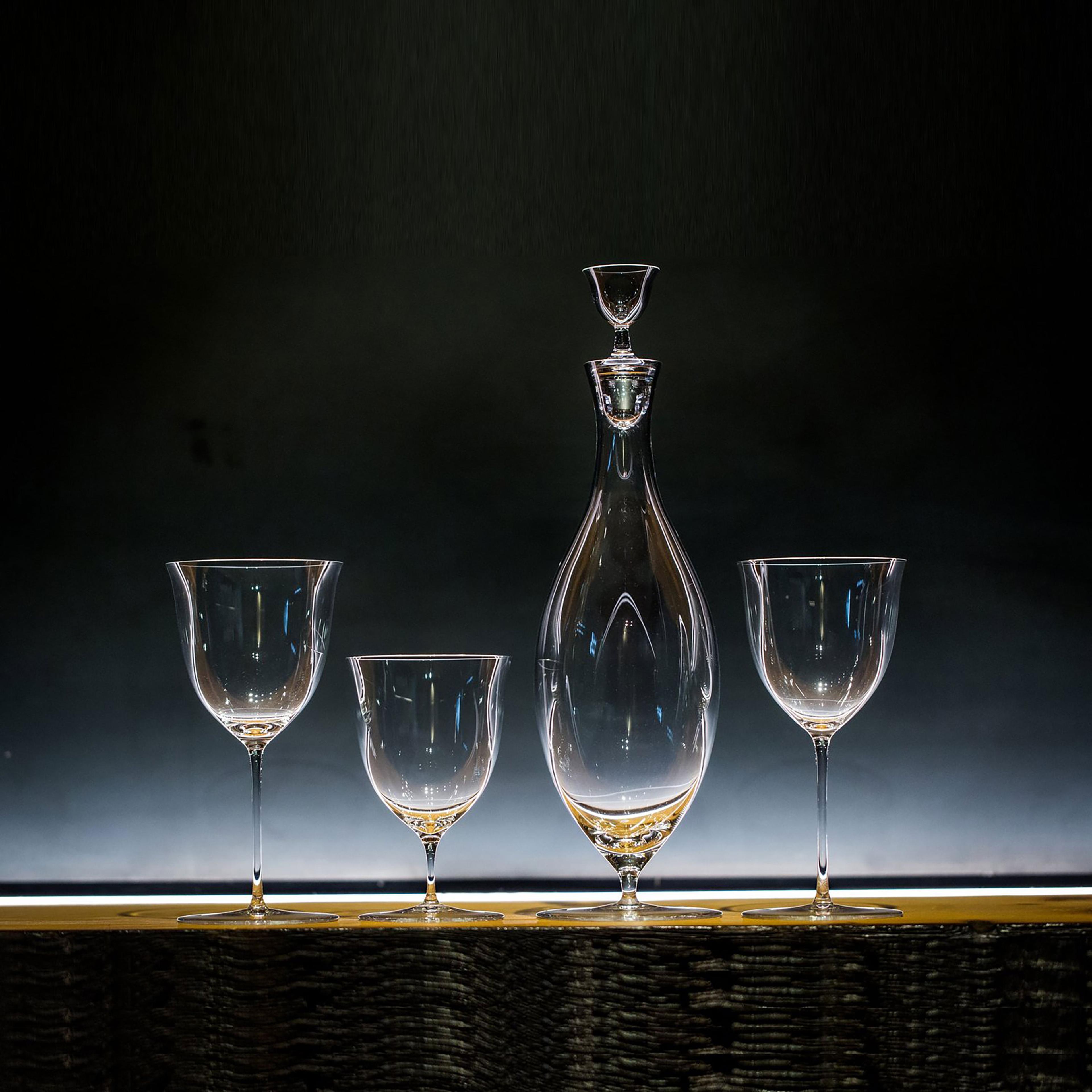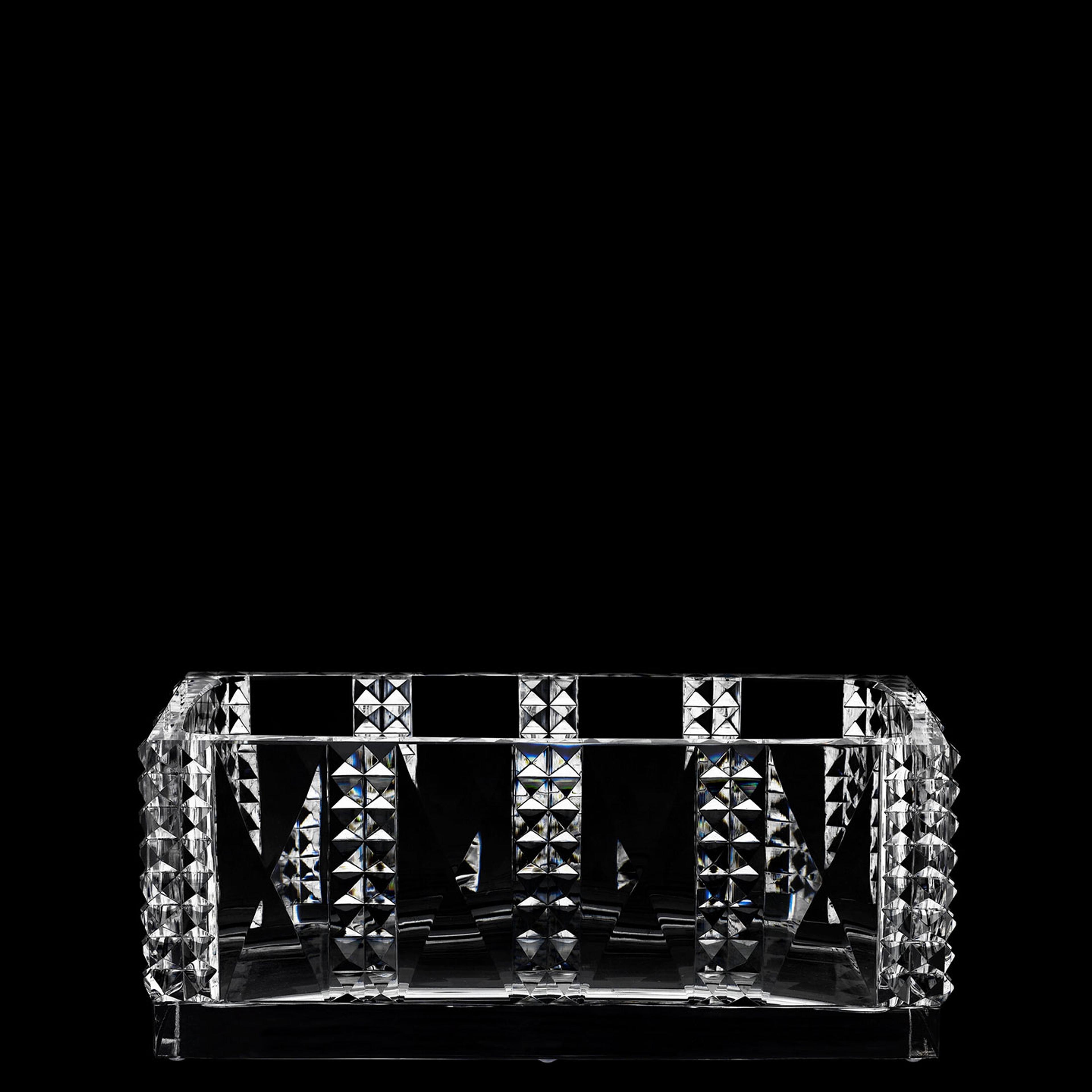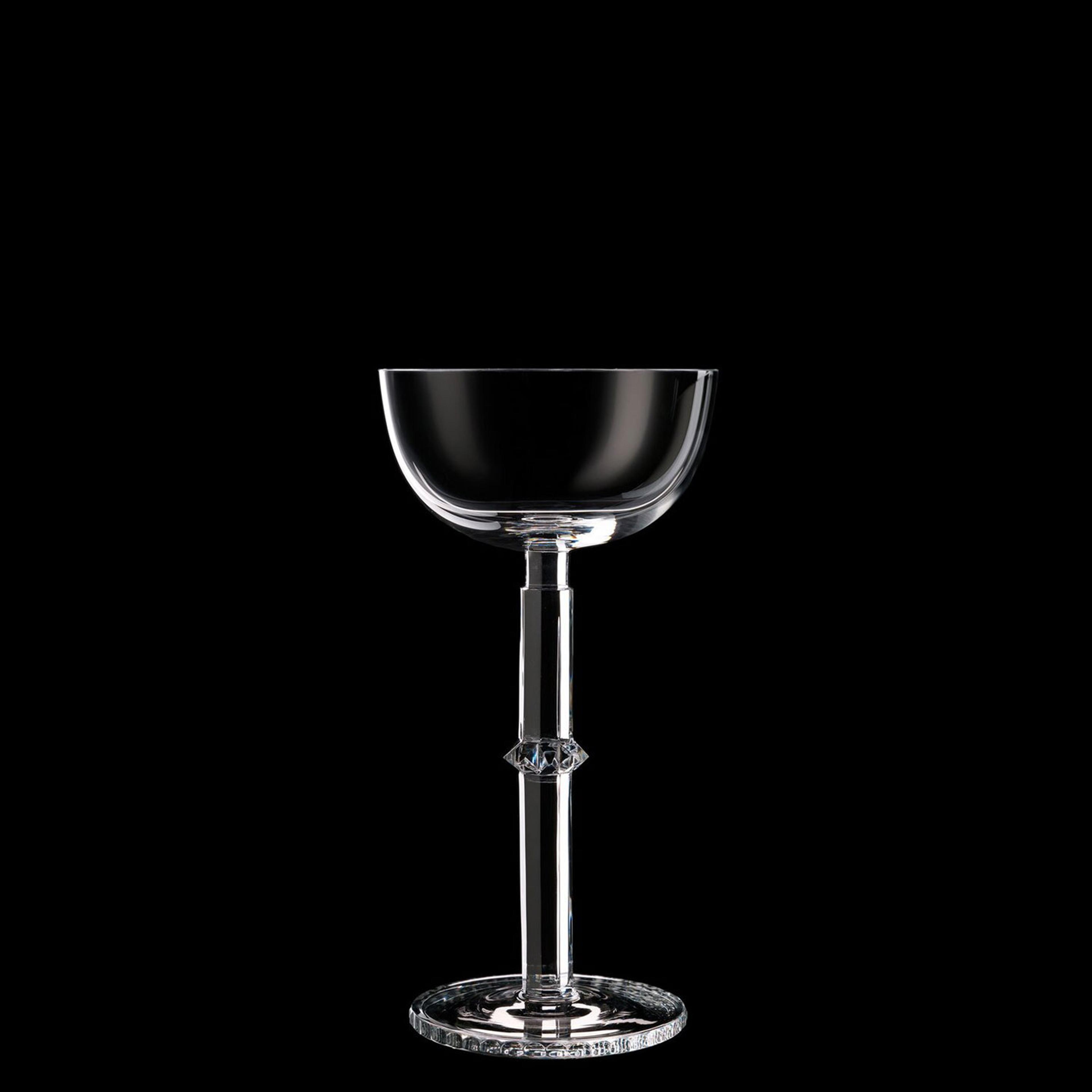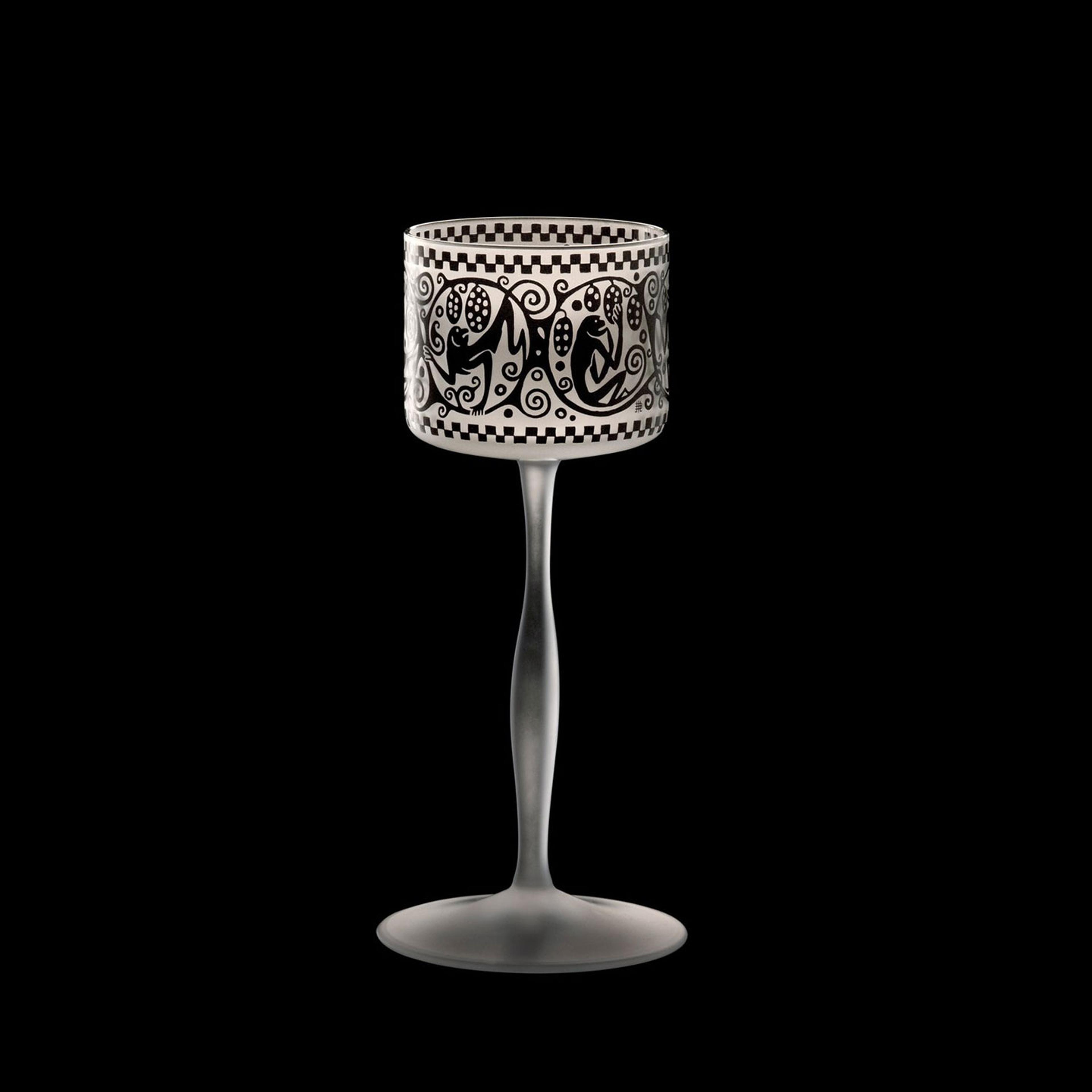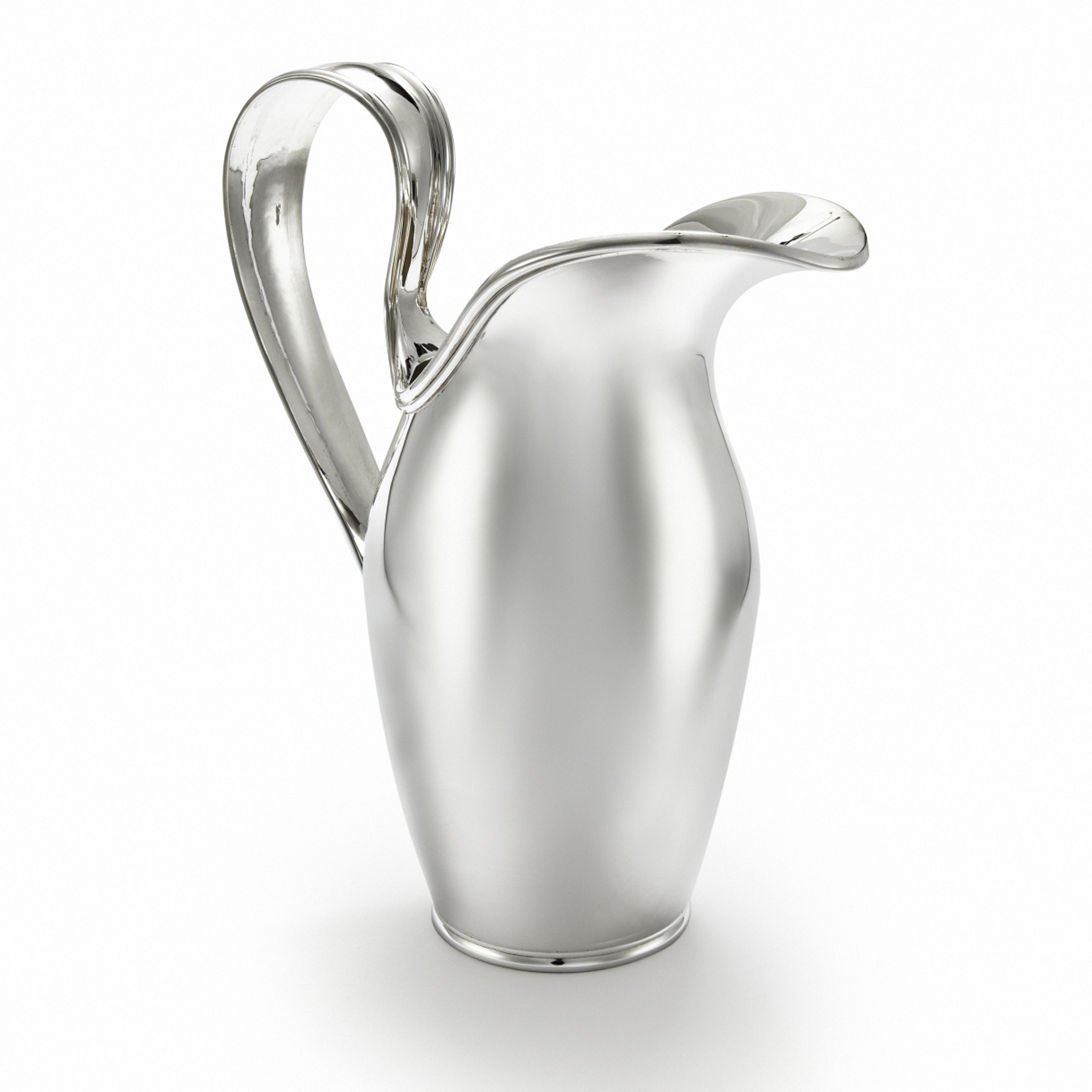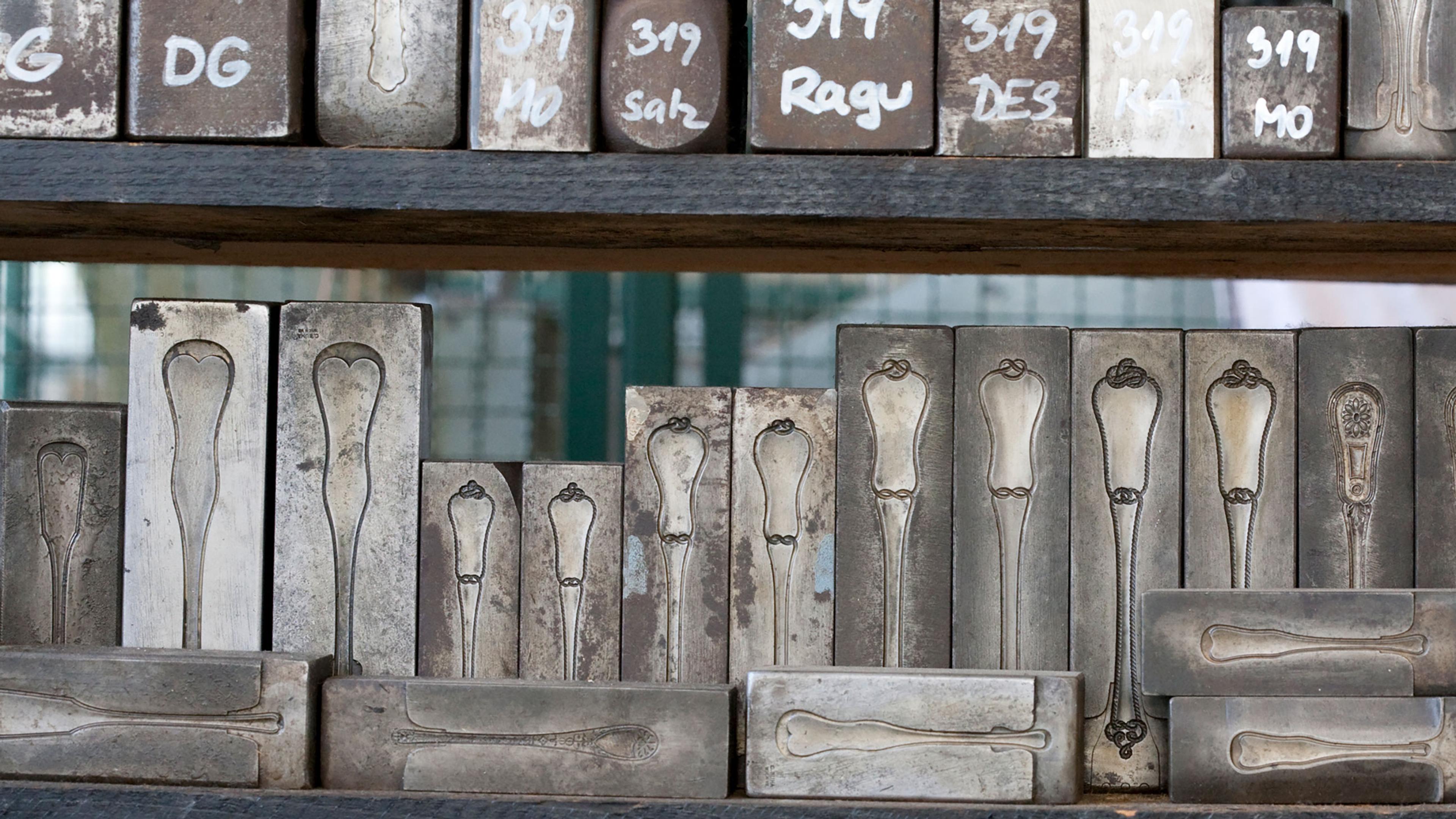
JOSEF HOFFMANN 1902
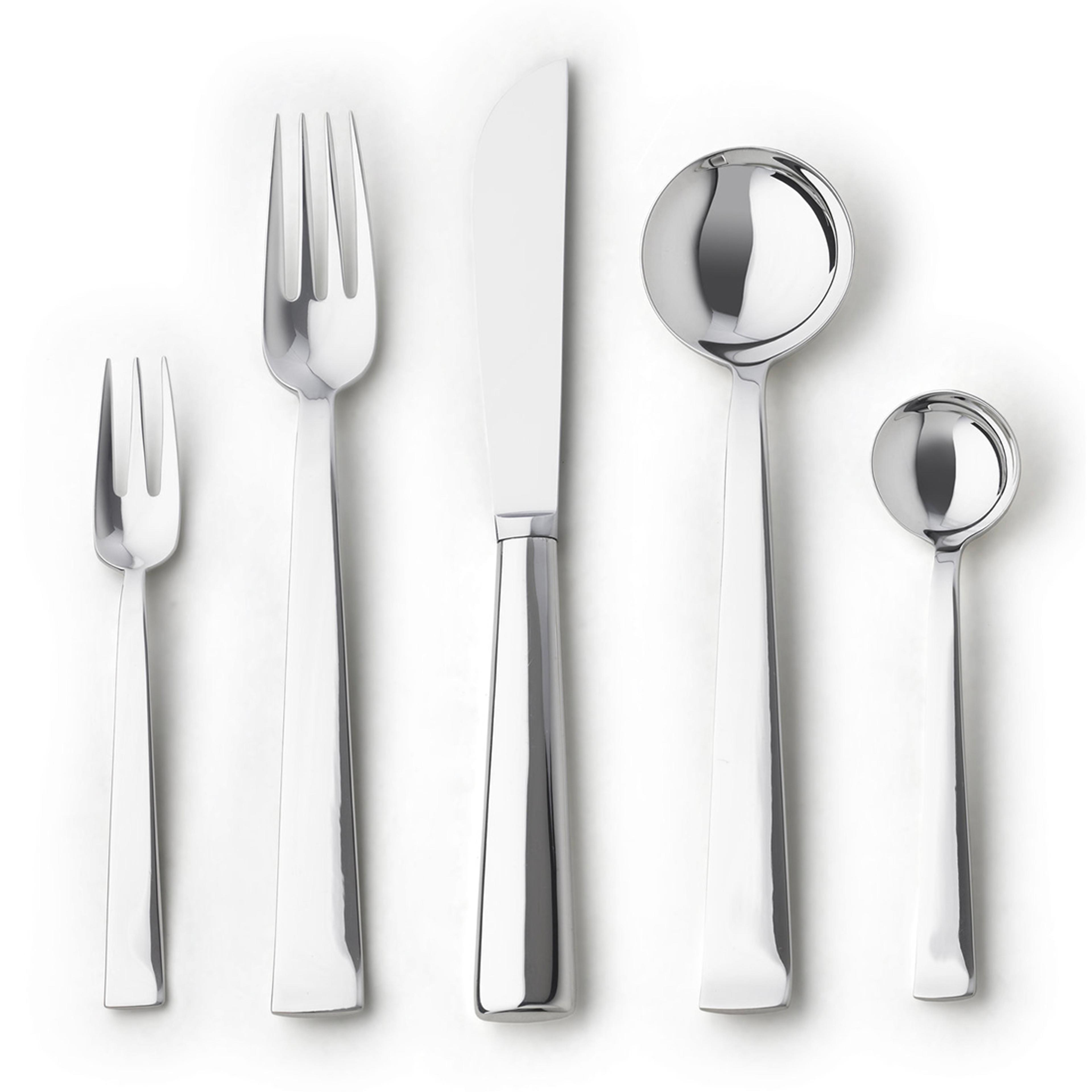
Designer
Josef HoffmannManufacture
Wiener Silber Manufactur
Circa
1902
Description
Josef Hoffmann's famous cutlery No. 135 was designed a year before the founding of the Wiener Werkstätte. It marked a revolution in the history of silverwrae, since it involved a departure from historicism in favor of clear lines, an uncompromising allegiance to functionality. The original sets were produced for the Kohn, Wittgenstein and Mautner Markhof families. Today, the original dies are some of Wiener Silber Manufactur's most coveted archival materials. 1882, Alexander Sturm, a trained gold- and silversmith, founded what is today Wiener Silber Manufactur in Vienna. By the turn of the centyry the silversmiths created objects for the intellectual elite that favored the simple lines of the Wiener Werkstat .. After the Second World War, the manufacturer became involved with avant-garde again and partnerships with luminary designers and architects lasted until it closed its doors in 1982. It was the vision of an innovative tradition of service that inspired Georg Stradiot to found the Vienna Silver Manufacture in 2008. Today the company revives masterpieces from their collection of 11,000 drawings dating to 1882, as well as paves new roads in the production of silver with artists such as Erwin Wurm and Zaha Had .. Wiener Silber Manufactur uses a special alloy that contains 94% by mass of silver. Sterling silver, by comparison, only contains 92.5% of silvr.
Josef Hoffmann
Josef Hoffmann
Josef Hoffmann (b. Austria, 1870) has an oeuvre that embodies the seismic aesthetic and philosophical shifts defining avant-garde art and design at the turn of the 20th century. He was a founding member of the Vienna Secession and the Wiener Werkstätte, both organizations of artists and designers who sought to breakaway from rigid historical precedents.
A workshop dedicated to the production of craftwork of everyday objects including ceramics, textiles, and furniture, the Wiener Werkstätte pioneered Early Modernism. Hoffmann was integral to defining Western applied arts during this period. The Stoclet Palace (1905–11), Hoffmann’s masterpiece, embodies the artistic tension of this era and reveals the architect’s prescience; the mansion’s decorative details recall the fluid stylization of Art Nouveau, while the stark exterior walls—sheets of white marble edged in gilded metal—anticipate the austere planes and strict geometry of the International Style.
Though Josef Hoffmann died in 1956 his designs still make up the beginning of many institutions' Modern Design collections. They are still highly coveted works of fluid design and innovative ornamentation.
Josef Hoffmann
Josef Hoffmann (b. Austria, 1870) has an oeuvre that embodies the seismic aesthetic and philosophical shifts defining avant-garde art and design at the turn of the 20th century. He was a founding member of the Vienna Secession and the Wiener Werkstätte, both organizations of artists and designers who sought to breakaway from rigid historical precedents.
A workshop dedicated to the production of craftwork of everyday objects including ceramics, textiles, and furniture, the Wiener Werkstätte pioneered Early Modernism. Hoffmann was integral to defining Western applied arts during this period. The Stoclet Palace (1905–11), Hoffmann’s masterpiece, embodies the artistic tension of this era and reveals the architect’s prescience; the mansion’s decorative details recall the fluid stylization of Art Nouveau, while the stark exterior walls—sheets of white marble edged in gilded metal—anticipate the austere planes and strict geometry of the International Style.
Though Josef Hoffmann died in 1956 his designs still make up the beginning of many institutions' Modern Design collections. They are still highly coveted works of fluid design and innovative ornamentation.
